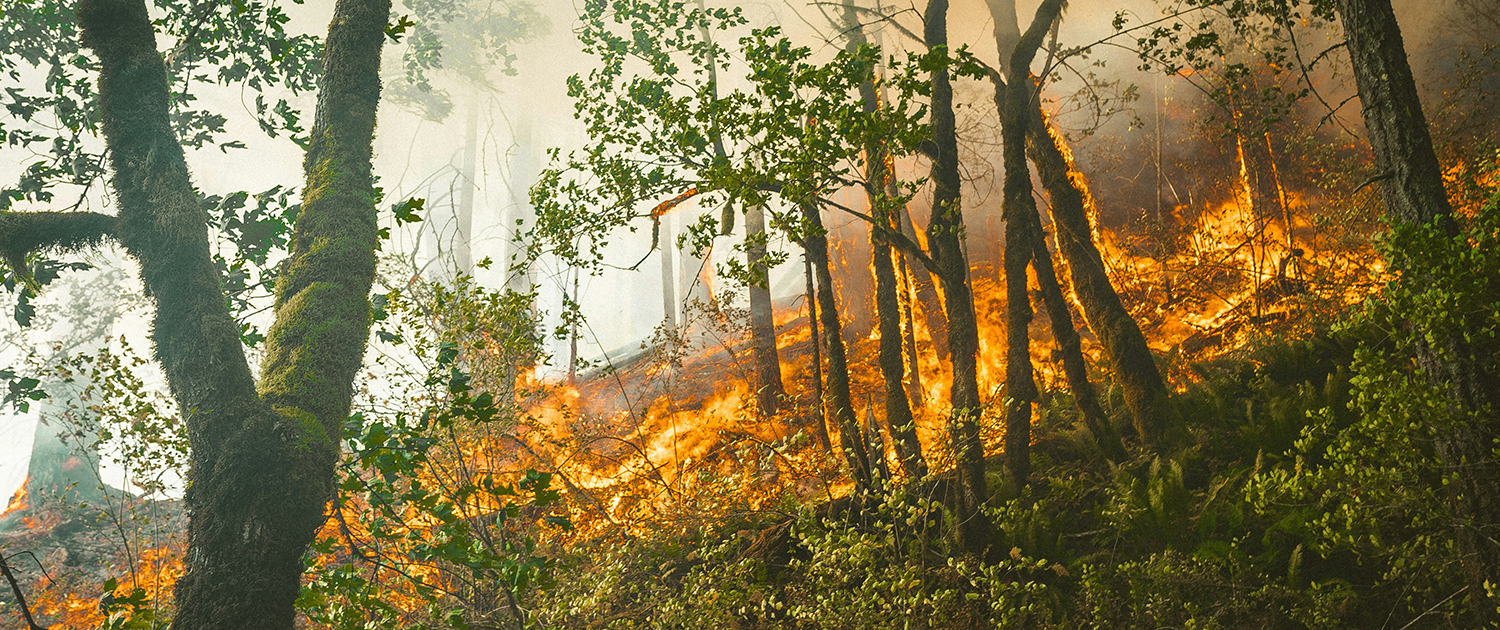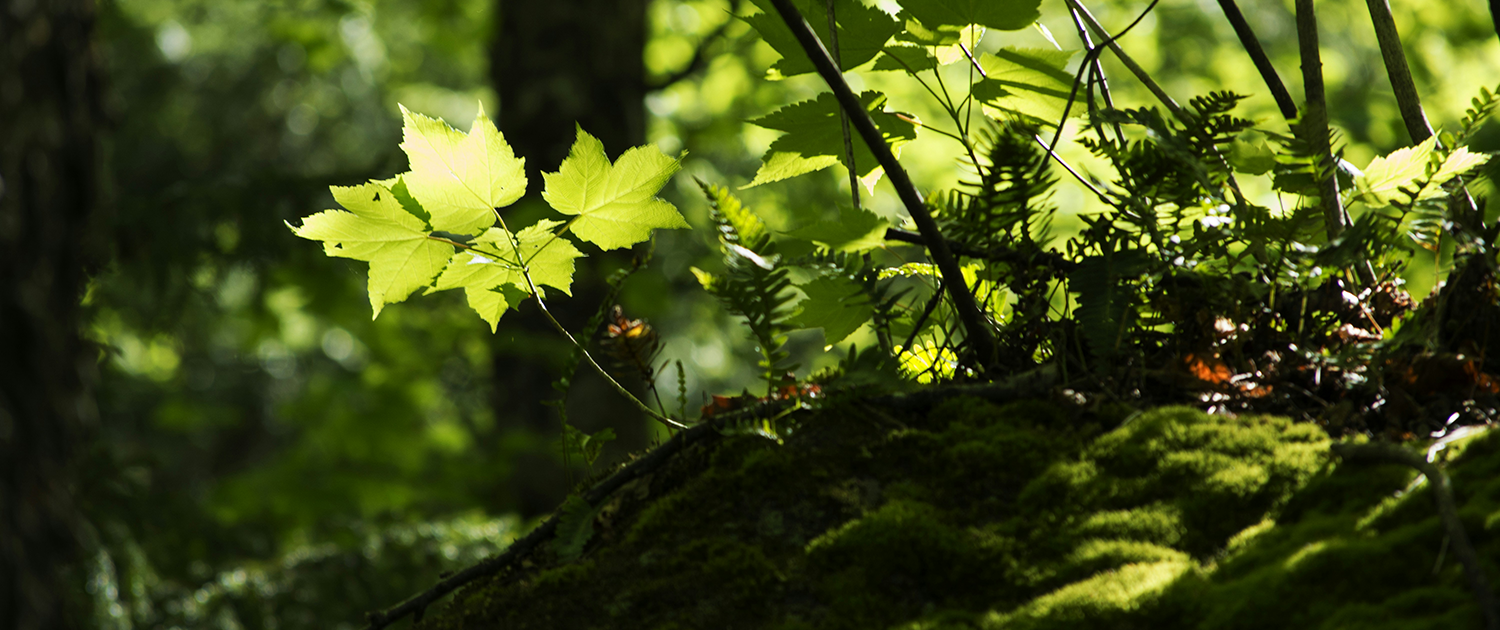As climate change intensifies the threat of wildfires, First Nations increasingly incorporate traditional knowledge into stewardship and conservation approaches. Throughout history, Indigenous Peoples have practiced forest stewardship, using sophisticated land management techniques to maintain ecological balance. These time-honoured practices now receive recognition as effective tools for mitigating wildfires and reducing carbon emissions.
The Ancient Wisdom of Fire Management
First Nations developed and implemented advanced forms of forest management, integrating cultural burning techniques to maintain forest health and prevent catastrophic wildfires. These sophisticated management practices included strategic seasonal burns, careful monitoring of environmental conditions, and a detailed understanding of local ecosystems. Through controlled burning, these approaches enhanced biodiversity, improved wildlife habitat, and maintained sustainable forest conditions.
Cultural Burning: A Time-Honoured Tradition
Cultural burning, also known as prescribed or traditional burning, involves deliberately setting small, controlled fires to manage the landscape. This practice, passed down through generations, serves multiple purposes: it reduces fuel loads that could feed larger fires, promotes biodiversity, and maintains the health of ecosystems.
First Nations knowledge keepers emphasize how their ancestors understood fire as a management tool, viewing it as more than a threat. Indigenous ecological and traditional knowledge recognizes that controlled fires help prevent larger wildfires while understanding that certain plants require fire for regeneration and that forest diversity supports ecosystem health.
Traditional Practices in Modern Wildfire Management
Today, many First Nations across Canada are working to revitalize and apply these traditional practices in the context of modern wildfire management. An online Indigenous resource can be found here: Cultural Burning & Prescribed Fire.
The Revitalization of Cultural Burning

(Image Credit: Karsten, Winegeart, Unsplash)
In recent years, there’s been a resurgence of cultural burning practices across Canada. In British Columbia, the First Nations’ Emergency Services Society has been training First Nation firefighters in both modern techniques and traditional burning practices.
First Nations fire professionals emphasize the significance of cultural burning practices in contemporary forest management. These traditional approaches encompass a comprehensive understanding of fire ecology, focusing on prevention through strategic landscape management rather than merely fighting fires. This preventative methodology includes seasonal timing of burns, understanding of wind and weather patterns, and careful consideration of vegetation types and density. When combined with traditional knowledge and modern firefighting techniques, these practices create multiple layers of protection: reducing fuel loads, creating natural firebreaks, and maintaining forest health. This integrated approach has demonstrated success in enhancing community protection while promoting ecosystem resilience.
Traditional Knowledge in Fire Prediction and Response
First Nations’ deep understanding of local ecosystems is proving invaluable in predicting and responding to wildfire risks. In Alberta, the Beaver Lake Cree Nation has developed a wildfire management and risk mitigation plan that incorporates traditional knowledge about weather patterns, vegetation cycles, and wildlife behaviour.
First Nations knowledge holders observe that biodiversity and landscape patterns reveal seasonal cycles and their environmental effects. This understanding enhances modern scientific methods. The integration of traditional and scientific knowledge improves wildfire prediction, prevention, and preparation through:
- Long-term observational data of environmental changes.
- Detailed understanding of local ecosystem dynamics.
- Recognition of subtle environmental indicators.
- Knowledge of historical fire patterns and behavior.
- Understanding of seasonal variations and their effects.
Carbon Sequestration Through Traditional Land Management
Beyond wildfire mitigation, First Nations’ forest management practices demonstrate substantial benefits for carbon sequestration and climate change mitigation. These traditional land-based approaches enhance forest health and carbon storage through multiple mechanisms:
Ecosystem Enhancement:
- Promotion of diverse age-class forest structures.
- Maintenance of species biodiversity.
- Protection of soil organic matter.
- Enhancement of forest regeneration cycles.
Carbon Management:
- Reduction of catastrophic wildfire risks that release stored carbon.
- Preservation of old-growth forest systems.
- Creation of resilient forest ecosystems.
- Optimization of natural carbon capture processes.
Long-term Benefits:
- Sustained forest productivity.
- Enhanced ecosystem resilience.
- Improved watershed protection.
- Maintained wildlife habitat diversity.
These management practices, refined over generations, offer proven forest health strategies for both immediate and long-term climate change mitigation while supporting forest ecosystem health.
Promoting Forest Diversity and Resilience

(Image Credit: Jaël Vallée, Unsplash)
Traditional First Nations land management creates diverse, multi-age forests, demonstrating increased resilience to climate change and enhanced carbon sequestration. First Nation communities across regions work to restore mixed-wood forests, integrating traditional knowledge with scientific research on carbon sequestration.
These management approaches yield comprehensive ecological benefits. The resulting forest systems demonstrate remarkable resilience through their enhanced resistance to environmental stresses and improved recovery from disturbances while maintaining ecosystem stability and increased biological diversity. From a carbon management perspective, these forests optimize carbon storage capacity and sustain long-term sequestration while reducing carbon loss from degradation and enhancing soil carbon retention.
Additionally, these diverse forest ecosystems develop robust protection mechanisms, including natural pest resistance and reduced disease vulnerability. This comprehensive approach improves adaptation capacity and strengthens ecological functions, creating forests that effectively respond to environmental challenges while maintaining their vital role in climate change mitigation.
Challenges and Opportunities in Implementing Traditional Practices
While the value of traditional forest management practices is increasingly recognized, challenges remain in their widespread implementation.
Regulatory Hurdles
Contemporary Canadian forestry and fire management regulations evolved without recognizing or incorporating First Nations traditional practices, resulting in systemic barriers to Indigenous land management approaches. First Nations face bureaucratic and regulatory challenges when implementing cultural burning or traditional harvesting methods, including:
- Complex jurisdictional requirements across multiple government levels.
- Restrictive permitting processes that conflict with traditional timing.
- Limited recognition of Indigenous knowledge systems.
- Inflexible operational protocols that hinder traditional approaches.
- Resource-intensive compliance requirements.
- Lengthy approval timelines that impede seasonal activities.
These challenges also present opportunities, and current collaborative efforts between First Nation communities and government agencies show promising developments. These include initiatives to streamline approval processes and develop culturally appropriate safety protocols that respect traditional knowledge. New flexible implementation frameworks are being created alongside establishing First Nation-led monitoring systems. Additionally, there is an increased focus on building capacity within communities to support the implementation of traditional practices while meeting contemporary regulatory requirements.
Knowledge Gaps and Capacity Building
As many communities work to revitalize traditional practices, there’s a need for knowledge transfer between Elders and Knowledge Keepers and younger generations. Additionally, building capacity within First Nations communities to implement these practices on a larger scale is an ongoing process.
Collaborative Approaches: Bridging Traditional and Western Knowledge
Innovative initiatives in forest stewardship emerge through collaboration between First Nations, government agencies, and academic institutions. These partnerships foster transformative approaches across multiple domains.
At the foundation of these collaborations lies effective knowledge integration. Partners work to seamlessly combine Traditional Ecological Knowledge (TEK) with scientific research methodologies, creating robust and comprehensive approaches to forest management. Cross-cultural research methodologies have been developed to respect and incorporate different ways of knowing, while shared monitoring and evaluation systems ensure that all perspectives are valued in assessing outcomes. These efforts are supported by collaborative data collection protocols that bridge traditional and contemporary methods.
Capacity building represents another crucial element of these partnerships. Comprehensive training programs successfully blend traditional and contemporary practices, ensuring the preservation and evolution of forest management techniques. First Nations-led research initiatives are increasingly taking center stage, while structured knowledge transfer between generations maintains cultural continuity. Professional development opportunities in forest management provide pathways for Indigenous practitioners to lead in both traditional and contemporary contexts.
Policy development has evolved significantly through these collaborative efforts. Partners collaborate to create culturally appropriate management frameworks that respect and incorporate Indigenous perspectives in regulatory processes. Flexible implementation guidelines allow adaptation to local conditions and traditional practices while establishing Indigenous-led decision-making processes to ensure appropriate governance and oversight.
On the operational level, these partnerships manifest in practical, day-to-day management activities. Joint management of forest territories enables shared responsibility and decision-making, while collaborative prescribed burning programs integrate traditional knowledge with modern safety protocols. Shared resource allocation strategies ensure equitable distribution of benefits, and combined emergency response protocols leverage the strengths of all partners.
The long-term benefits of these collaborative approaches are substantial and far-reaching. Forests managed under these partnerships show enhanced ecosystem health and improved wildfire management outcomes. Community engagement has strengthened, leading to more effective conservation practices. Perhaps most importantly, these collaborations have fostered sustainable resource management approaches that benefit all stakeholders while protecting forest ecosystems for future generations.
Academic Research Partnerships
Academic institutions collaborate with First Nations to research the effectiveness of traditional forest management practices and develop innovative Indigenous land and forestry programs. These academic partnerships encompass multiple research, education, and knowledge exchange dimensions. An example of this can be found at the University of British Columbia’s Indigenous Land Stewardship Program, “a degree designed to prepare students for careers in land stewardship alongside Indigenous governments …”
Collaborative projects such as the Indigenous Land Stewardship Program form the foundation of these academic partnerships, with joint research ventures directly responding to First Nations community priorities. These initiatives emphasize shared data collection and analysis methods, ensuring that research outcomes reflect both academic rigor and traditional knowledge systems. Traditional knowledge validation studies particularly demonstrate the effectiveness of Indigenous approaches to forest management.
Knowledge transfer activities complete the partnership framework, creating vital bridges between academic and First Nations communities. These include structured intergenerational learning opportunities and comprehensive professional development programs. Cultural competency training ensures respectful collaboration, while technical skill development programs enable participants to effectively combine traditional and contemporary forest management practices.
Policy Implications: Recognizing Traditional Stewardship
The growing recognition of First Nations’ Forest stewardship practices is beginning to influence policy at various levels of government.
British Columbia’s Cultural and Prescribed Fire Program
In 2020, British Columbia launched a Cultural and Prescribed Fire Program, explicitly recognizing the value of Indigenous burning practices in wildfire management. This program provides funding and support for First Nations to implement cultural burning projects.
Federal Recognition of Indigenous Protected and Conserved Areas
The federal government’s commitment to protecting 30% of Canada’s lands and waters by 2030 includes recognition of Indigenous Protected and Conserved Areas (IPCAs). These areas, managed according to Indigenous values and practices, play a crucial role in both conservation and carbon sequestration.
First Nations Leading the Way in Forest Resilience
As Canada grapples with the dual challenges of increasing wildfire risks and the need to reduce carbon emissions, First Nations’ traditional forest management practices offer a path forward. These time-honoured techniques, refined over millennia, demonstrate that effective forest stewardship is about more than just preventing fires or maximizing timber yield – it’s about maintaining a holistic balance within local and regional ecosystems.
The resurgence of these practices represents not just a return to traditional ways but a sophisticated, forward-thinking approach to forest management in the age of climate change. As First Nations reassert their role as stewards of the land, they’re not only protecting their own communities and territories but offering valuable lessons for forest management across Canada and beyond.
As we face an uncertain climate future, the revival of First Nations’ Forest Stewardship practices offers hope – a reminder that sometimes, the most innovative solutions are rooted in ancient wisdom.
By Rye Karonhiowanen Barberstock
(Header Image Credit: Matt Howard, Unsplash)

